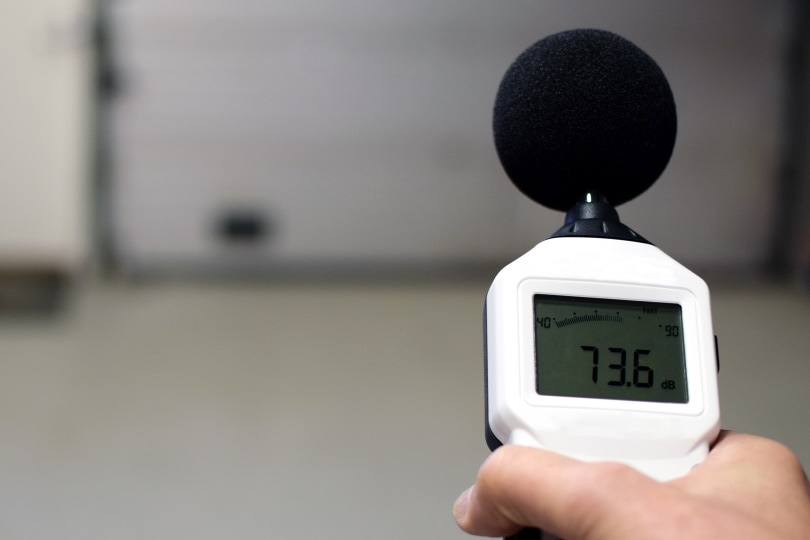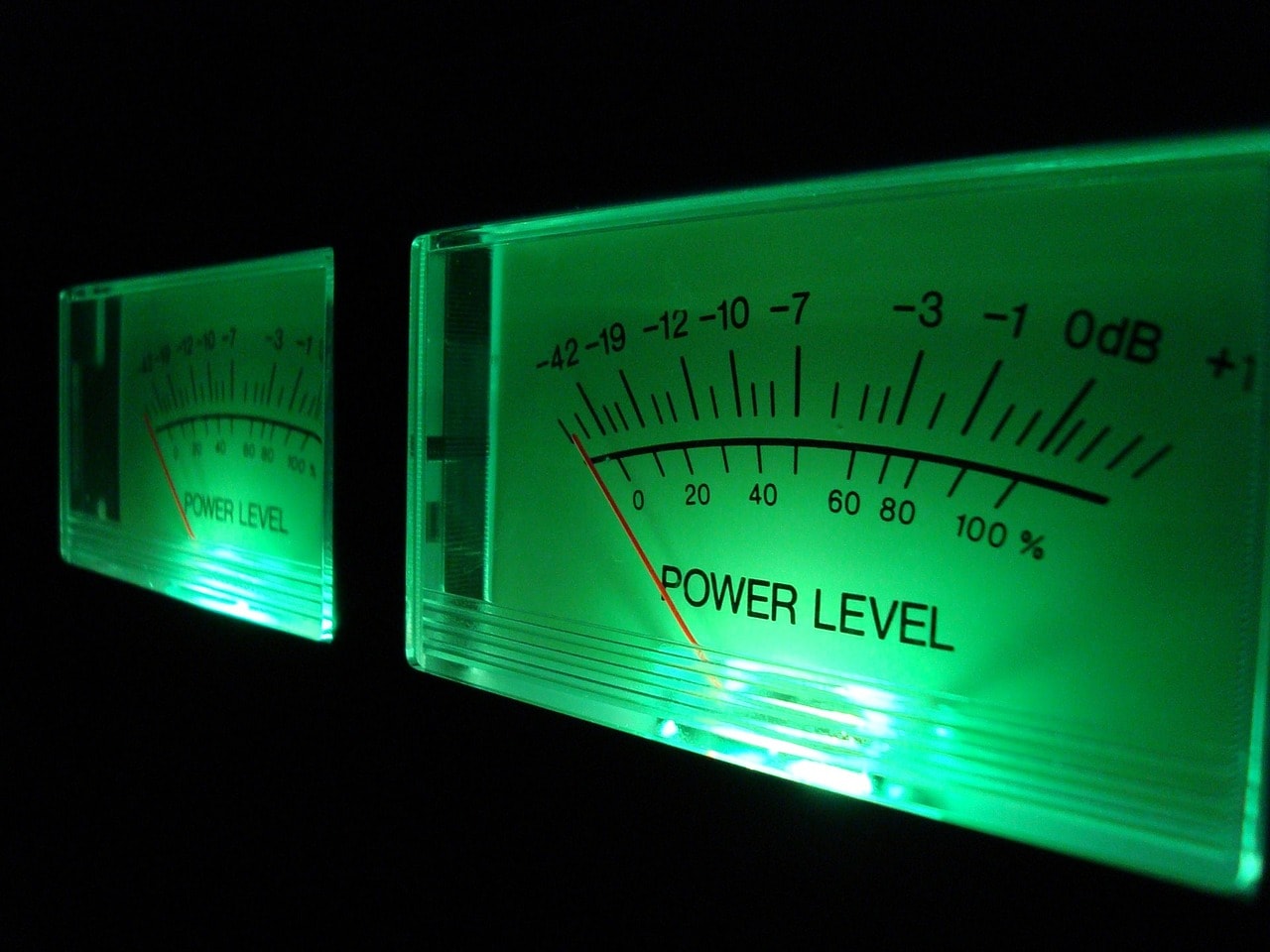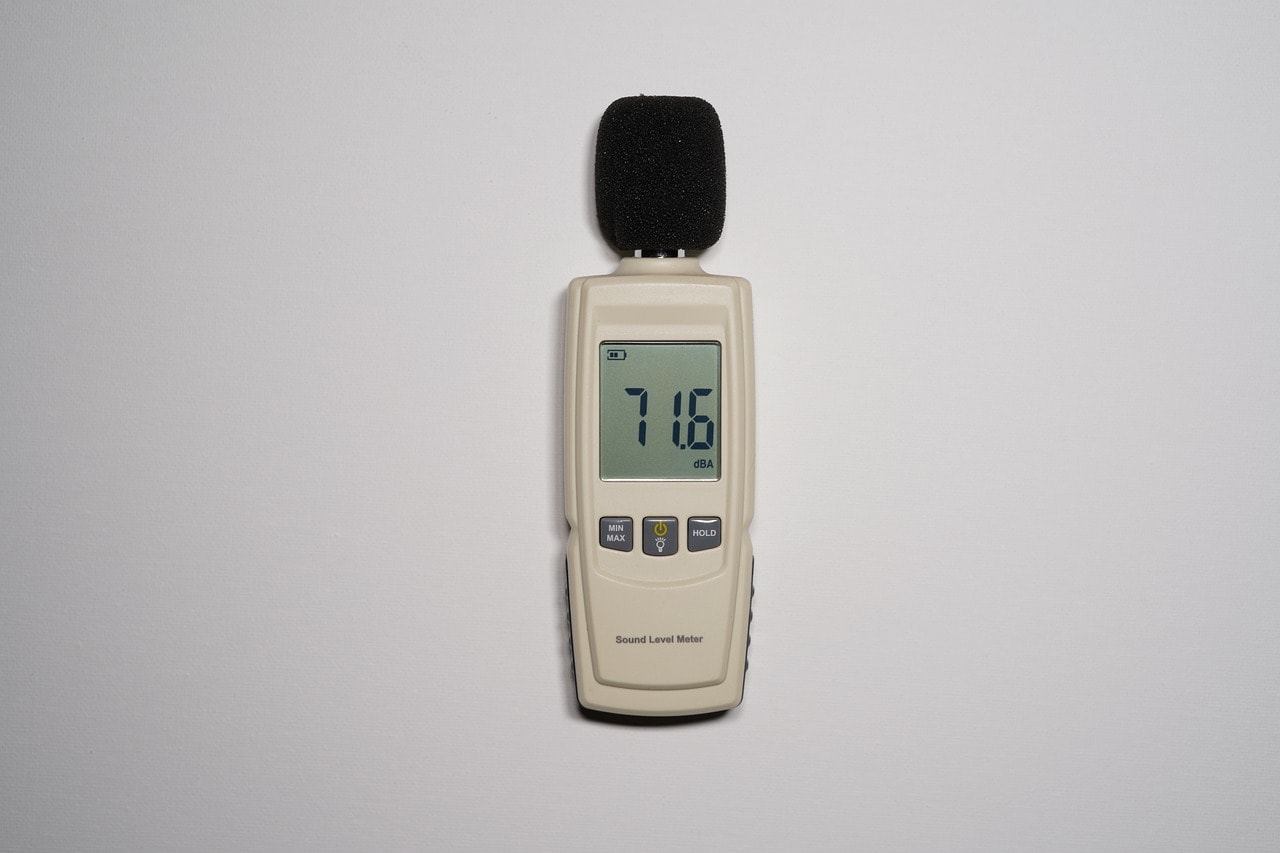How Loud Is 130 Decibels (dB)? With Noise Comparison Chart
-
Pete Ortiz
- Last updated:

Be aware that a noise level of 130 decibels is considered dangerously loud and almost any exposure to this level of noise can cause pain and may potentially damage a person’s hearing. It is louder than a rock concert and roughly as loud as a personal alarm.
Firearms typically produce noise of 140 dB or louder. Anybody that is exposed to noise levels of 130 dB should wear hearing protection to avoid pain and hearing loss.
How Does the Decibel Scale Work?
Decibels are a measure of the loudness of sound. Zero decibels (dB) is not total silence but is the quietest sound that the human ear can hear, and the decibel scale increases logarithmically. For every increase of 10 dB, the sound is twice as loud. For example, 80 dB is two times louder than 70 dB, which means that 90 dB is four times louder than 70 dB. On the other hand, 130 dB is 64 times louder than 70 dB.

How Can We Measure Decibels?
Decibel meters are commonly used to measure sound intensity. Accuracy varies according to the reliability and precision of the meter as well as how well it is calibrated and used.
As well as professional decibel meters, which give the most accurate and reliable readings, there are apps for cell phones and software for computers that can measure decibels, although these are not usually as accurate as professional decibel meters.
Examples of 130dB
Decibels measure the intensity of sound and are influenced by factors including distance from the noise source. When measured from 50 feet away, a jet aircraft taking off from an aircraft carrier measures approximately 130 dB. A jackhammer can also measure 130 dB when holding the machine and working with it.

Is 130 dB Dangerous?
This noise level is considered the threshold of pain for our ears. As such, a 130 dB noise intensity causes pain in our ears. It is also harmful to our hearing, and it takes less than a second of exposure to this noise level can cause permanent hearing damage.
People exposed to this level of noise should wear ear protectors to guard against the noise and prevent damage.
Comparison Chart
There are a lot of factors to consider when comparing the levels of noise. Conversations at home and in a quiet room tend to be much quieter than conversations in a restaurant or bar. Standing next to a motorcycle means that the decibel level will be much higher than when standing 25 feet away. Even the make and model of a vacuum cleaner or the settings used will determine the exact noise output.
But, below, we have compared the typical decibel readings for certain noises.
| Source | Noise Level (dB) |
| Breathing | 10 |
| Bird Noise | 44 |
| Conversation | 50 |
| Vacuum Cleaner | 70 |
| Garbage Disposal | 80 |
| Power Mower | 96 |
| Motorcycle | 100 |
| Live Concert | 120 |
| Thunder | 120 |
| Jet Take-Off From Aircraft Carrier (at 50 ft) | 130 |
| Shotgun Blast | 160 |
| Rocket Launch | 180 |
Conclusion
Always remember that 130 decibels are considered a painful and potentially damaging noise level that can adversely affect human hearing within less than a second of exposure. It is roughly equivalent to the noise of a jet taking off from an aircraft carrier, louder than the sound of a thunderclap, but not as loud as a shotgun blast.
Sound intensity can be measured using a decibel meter, and those that are likely to be exposed to these high levels of noise should wear ear protection.
Featured Image Credit: JRJfin, Shutterstock
Contents


